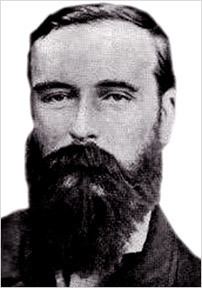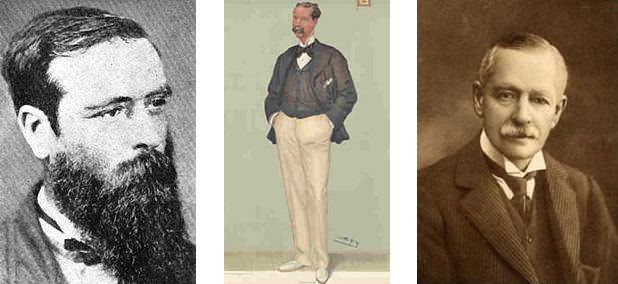Full Name James Taylor Name James Taylor | Role Tea planter | |
 | ||
Born March 29, 1835 Kincardineshire, Scotland Died May 2, 1892, Kandy, Sri Lanka | ||
James Taylor (29 March 1835 Kincardineshire, Scotland - 2 May 1892 Kandy, British Ceylon) was a British citizen who introduced tea plantation to British Ceylon. He arrived to British Ceylon in 1852 and settled down in Loolecondera estate in Galaha. Here he worked with Thomas Lipton, a Scottish immigrant, to develop the tea industry in British Ceylon. He continued to live in British Ceylon until his death (more than half of his lifetime).
Contents

Life in Loolecondera

Taylor visited India in 1866 to learn the basics of growing tea on plantations; following his return, he started a plantation in Loolecondera estate in Kandy (Sri Lanka - formerly known as Ceylon). He began the tea plantation an estate of just 19 acres (77,000 m2) in 1867. He started a fully equipped tea factory on the Loolecondera estate in 1872.

During the period when Taylor lived on the Loolecondera estate, the export of tea accelerated from 23 pounds to 81 tonnes and in 1890 it reached the level of 22,900 tonnes.
The story of tea in British Ceylon began in the year of 1867. A Scotsman, James Taylor had cleared 19 acres (77,000 m2) of forest in the District of Hewaheta Lower to plant the first seedlings in what is now known as the No.7 field of the Loolecondera Estate.[1] Today even people who have never heard of Sri Lanka are familiar with Ceylon tea, which is known for its quality.
Achievement
In year 1872 Taylor attended the work of building a larger tea factory in Loolecondera and after that it started manufacturing of packeted tea. He already wrote about his success of starting a larger tea factory as "I have a machine of my own invention being made in Kandy for rolling tea which I think will be successful". In 1875 Taylor managed to send the first shipment of Ceylon tea to the London Tea Auction.
Taylor and Lipton
Thomas Lipton a millionaire in United Kingdom visited British Ceylon (Sri Lanka) in the 1890s, during his journey to Australia, and met Taylor. They discussed the business of exporting tea from British Ceylon. Lipton's company became interested and started buying Ceylon tea.
Death and after
The rapid growth of the Ceylonese tea industry allowed the large tea companies to take over therefore the small farmers like Taylor were chased out from the industry. Because of this, Taylor was dismissed by the Loolecondera estate management.
Taylor died 1892, one year after his dismissal from Loolecondera estate, from severe gastroenteritis and dysentery. His body was buried in the Mahaiyawa Cemetery in Kandy [2]. His headstone reads, "In pious memory of James Taylor of Loolecondera Estate Ceylon, the pioneer of the cinchona and tea enterprise in this island, who died 2 May 1892, aged 57 years".
In 1893 one year after his death one million packets of Ceylon tea of the first shipment to London were sold at the Chicago World's Fair.
The majority of the tea estates (more than 80 percent) were owned by British Companies from the time of James Taylor who began the industry in 1867 until 1971 when the government of Sri Lanka introduced a Land Reform Act which granted the ownership of tea estates to the government (nationalisation of the tea industry).
Centenary of death
John Field, the High Commissioner for the United Kingdom in Sri Lanka made a comment in 1992 for the 100th anniversary of the death of Taylor: "It can be said of very few individuals that their labours have helped to shape the landscape of a country, but the beauty of the hill country as it now appears owes much to the inspiration of James Taylor, the man who introduced tea cultivation to Sri Lanka". A museum was also built in 1992 to commemorate him in the place where he lived.
